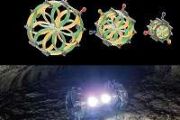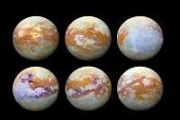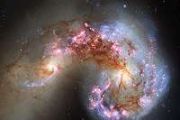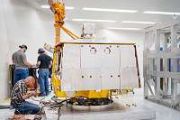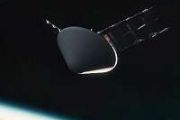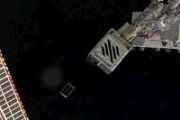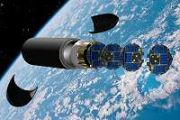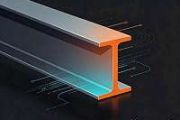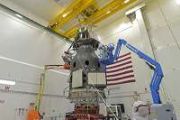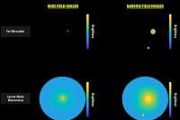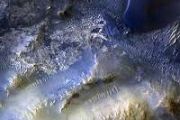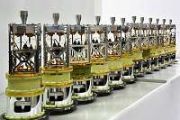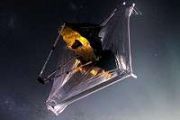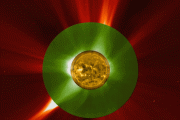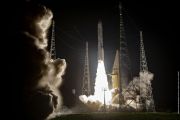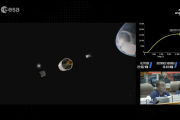
Copernical Team
IRIDE Pathfinder satellite successfully deployed
 The first IRIDE satellite, known as the Pathfinder Hawk, has entered orbit following its launch aboard a SpaceX Falcon 9 rocket from Vandenberg Space Force Base in California on January 14. This event marks a significant step in advancing Earth observation capabilities.
Designed as a prototype, the Pathfinder Hawk is part of the IRIDE programme's ambitious plan to deploy six distinct satel
The first IRIDE satellite, known as the Pathfinder Hawk, has entered orbit following its launch aboard a SpaceX Falcon 9 rocket from Vandenberg Space Force Base in California on January 14. This event marks a significant step in advancing Earth observation capabilities.
Designed as a prototype, the Pathfinder Hawk is part of the IRIDE programme's ambitious plan to deploy six distinct satel Proba-3 satellites separate for precision space mission
 A major milestone in the European Space Agency's Proba-3 mission occurred last night as the twin spacecraft, launched together in December 2024, successfully separated. This marks the start of their unique role in the world's first precision formation-flying mission.
The Proba-3 satellites, launched on 5 December 2024 aboard a PSLV-XL rocket from India's Satish Dhawan Space Centre, had rem
A major milestone in the European Space Agency's Proba-3 mission occurred last night as the twin spacecraft, launched together in December 2024, successfully separated. This marks the start of their unique role in the world's first precision formation-flying mission.
The Proba-3 satellites, launched on 5 December 2024 aboard a PSLV-XL rocket from India's Satish Dhawan Space Centre, had rem Firefly Aerospace's Blue Ghost Mission 1 begins transit to the Moon
 Firefly Aerospace announced the successful launch of its Blue Ghost lunar lander on a SpaceX Falcon 9 rocket, marking the beginning of its 60-day mission. Following a 45-day transit to the Moon, the mission aims to deliver 10 instruments for NASA's Commercial Lunar Payload Services (CLPS) initiative. A target landing date of March 2, 2025, has been set.
Dubbed Ghost Riders in the Sky, Blue
Firefly Aerospace announced the successful launch of its Blue Ghost lunar lander on a SpaceX Falcon 9 rocket, marking the beginning of its 60-day mission. Following a 45-day transit to the Moon, the mission aims to deliver 10 instruments for NASA's Commercial Lunar Payload Services (CLPS) initiative. A target landing date of March 2, 2025, has been set.
Dubbed Ghost Riders in the Sky, Blue Gaia concludes Milky Way mapping efforts
 The European Space Agency's Milky Way-mapper Gaia has completed the sky-scanning phase of its mission, racking up more than three trillion observations of about two billion stars and other objects over the last decade to revolutionise the view of our home galaxy and cosmic neighbourhood.
Launched on 19 December 2013, Gaia's fuel tank is now approaching empty - it uses about a dozen grams o
The European Space Agency's Milky Way-mapper Gaia has completed the sky-scanning phase of its mission, racking up more than three trillion observations of about two billion stars and other objects over the last decade to revolutionise the view of our home galaxy and cosmic neighbourhood.
Launched on 19 December 2013, Gaia's fuel tank is now approaching empty - it uses about a dozen grams o ESA’s Highlights in 2025

This year will mark the European Space Agency’s 50th anniversary and promises to be a landmark year for the European aerospace industry. In addition to milestone events in our programmes, September will also mark 30 years of satellite navigation for Europe. This spring brings the second commercial mission involving a project astronaut to the International Space Station on Axiom Mission 4, while events such as ESA's Living Planet Symposium and the International Paris Air Show will gather the space community face to face.
Last starlight for ground-breaking Gaia
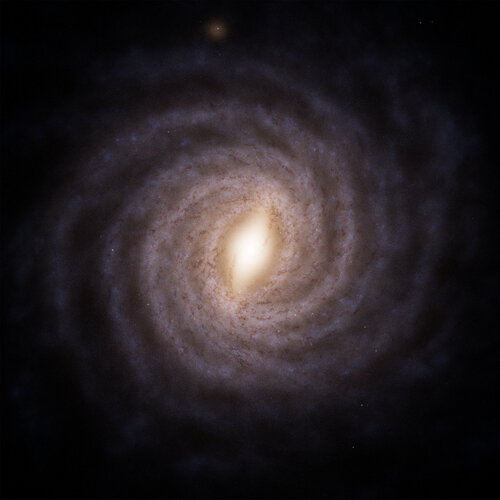
The European Space Agency’s Milky Way-mapper Gaia has completed the sky-scanning phase of its mission, racking up more than three trillion observations of about two billion stars and other objects over the last decade to revolutionise the view of our home galaxy and cosmic neighbourhood.
InCubed launches highlight ESA’s support for innovation

Three InCubed satellites have launched from the Vandenberg Space Force Base, California, highlighting ESA’s role as partner to industry and its support for business and technology innovation.
Mission to moon carries tiny red Swedish home to space
This request seems a bit unusual, so we need to confirm that you're human. Please press and hold the button until it turns completely green. Thank you for your cooperation!
Press and hold the button
If you believe this is an error, please contact our support team.
185.132.36.159 : 6720b2fb-3c45-4a62-958b-bc36949d
Dormancy as a survival strategy for life's origins
 The ancient Earth was a harsh and unforgiving environment, characterized by relentless asteroid impacts, volcanic eruptions releasing carbon dioxide, and a dense, toxic atmosphere devoid of oxygen. Despite these inhospitable conditions, life managed to emerge and persist. Recent research, published in *Proceedings of the Royal Society B,* explores how the chemical precursors of life may have sur
The ancient Earth was a harsh and unforgiving environment, characterized by relentless asteroid impacts, volcanic eruptions releasing carbon dioxide, and a dense, toxic atmosphere devoid of oxygen. Despite these inhospitable conditions, life managed to emerge and persist. Recent research, published in *Proceedings of the Royal Society B,* explores how the chemical precursors of life may have sur Dragonfly Aerospace partners with LatConnect 60 for advanced SWIR imaging satellites
 Dragonfly Aerospace has announced a partnership with Australian Earth observation company LatConnect 60 to supply three Chameleon SWIR (shortwave infrared) imagers for their SWIRSAT satellites. Supported by the Australian Space Agency and the Western Australian State Government, the SWIRSAT satellite project aims to enhance Earth observation capabilities, with the satellites set for a 2026 launc
Dragonfly Aerospace has announced a partnership with Australian Earth observation company LatConnect 60 to supply three Chameleon SWIR (shortwave infrared) imagers for their SWIRSAT satellites. Supported by the Australian Space Agency and the Western Australian State Government, the SWIRSAT satellite project aims to enhance Earth observation capabilities, with the satellites set for a 2026 launc 


